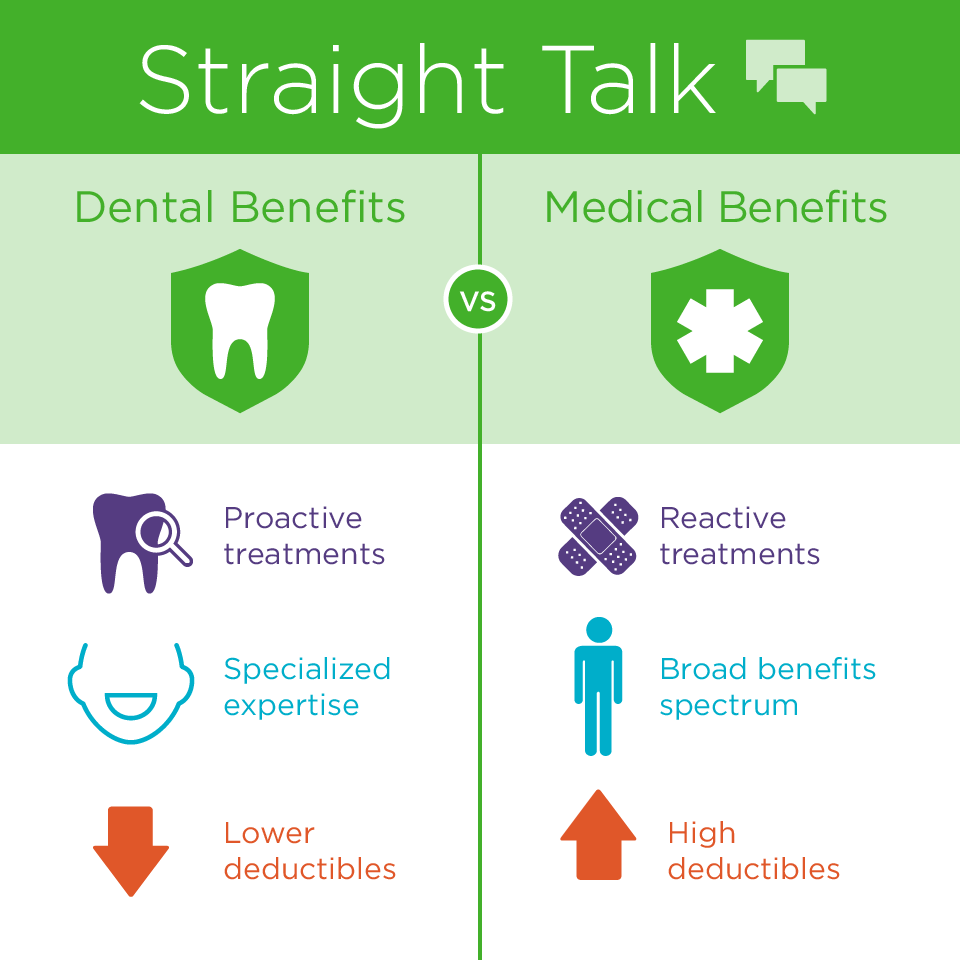Medicare Advantage Agent - Truths
Table of ContentsGetting My Medicare Advantage Agent To WorkMedicare Advantage Agent for Dummies6 Simple Techniques For Medicare Advantage Agent

follows from confusing the fairly young age account of the without insurance with the better health and wellness, on average, of younger persons. This obscures the link in between health and wellness condition and health and wellness insurance policy. For those without access to work environment medical insurance, bad wellness is a prospective barrier to acquiring nongroup protection due to the fact that such insurance coverage may be highly valued, exclude preexisting problems, or be just inaccessible. The number of without insurance Americans is not especially huge and has actually not changed in recent times. Seven out of ten participants in a country wide depictive survey believed that less Americans lacked health and wellness insurance policy than actually do(Fronstin, 1998). Roughly half(47 percent )believed that the number of individuals without medical insurance lowered or continued to be constant over the latter half of the last decade(Blendon et al., 1999). This decrease of practically 2 million in the number of individuals 'without insurance (a decrease
of around 4 percent)is certainly a favorable modification. With a softer economy in 2000 the most up to date reported gains in insurance policy protection may not proceed(Fronstin, 2001 ). The decline in the variety of without insurance will not proceed if the economy remains slow and healthcare expenses remain to outmatch inflation. This is because the data were accumulated for a duration of strong financial performance. Of the approximated 42 million people who were uninsured, just about about 420,000(regarding 1 percent)were under 65 years of age, the age at which most Americans become eligible for Medicare; 32 million were grownups between ages 18 and 65, about 19 percent of all adults in this age; and 10 million were children under 18 years old, regarding 13.9 percent of all kids (Mills, 2000). These quotes of the number of persons uninsured are generated from the yearly March Supplement to the Existing Populace Survey (CPS), conducted by the Census Bureau. Unless otherwise noted, national estimates of people without medical insurance and percentages of the populace with various sort of insurance coverage are based on the CPS, the most extensively made use of resource of estimates of insurance protection and uninsurance rates. These surveys and the quotes they generate are defined briefly in Table B. 1 in Appendix B - Medicare Advantage Agent. These surveys differ in size and sampling techniques, the questions that are inquired about insurance
The Best Strategy To Use For Medicare Advantage Agent
insurance coverage, and the moment period over which insurance protection or uninsurance is measured(Lewis et al., 1998, Fronstin, 2000a ). Still, the CPS is particularly useful since it generates yearly estimates fairly swiftly, reporting the previous year's insurance protection estimates each September, and since it is the basis for a consistent collection of quotes for even more than two decades, enabling evaluation of fads in protection over time.
Getting The Medicare Advantage Agent To Work
Over a three-year duration starting early in 1993, 72 million individuals, 29 percent of the united state population, lacked insurance coverage for a minimum of one month. Within a solitary year(1994), 53 million people experienced a minimum of a month without insurance coverage(Bennefield, 1998a). Six out of every ten uninsured adults are themselves utilized. Working does enhance the possibility that one and one's family members will certainly have insurance coverage, it is not a guarantee. Also participants of family members with 2 permanent wage income earners have practically a one-in-ten possibility of being without insurance (9.1 percent uninsured rate)(Hoffman and Pohl, 2000 ). The connection in between health insurance policy and accessibility to care is well developed, as recorded later in this chapter. The connection between health and wellness insurance and health results is neither straight neither easy, a substantial clinical and wellness solutions research study literature web links health and wellness insurance protection
to improved click site enhanced to care, better qualityHigh quality and improved personal and population populace statusCondition The 2nd report, on personal health results for without insurance grownups, is represented by the innermost circle of the figure, while the third report, on family members health, includes the subjects of the second report however emphasizes a various device of analysis, namely, the family. The sixth record in the series will certainly present info about approaches and campaigns carried out locally, statewide, or country wide to resolve the lack of insurance and its damaging effects. Degrees of analysis for analyzing the impacts of uninsurance. This conversation of wellness insurance coverage concentrates mainly on the U.S. populace under age 65 because essentially all Americans 65 and older have Medicare or other public coverage.
In addition, it focuses especially on those without any type of wellness insurance for any type of size of time. The issues faced by the underinsured are in some respects similar to those encountered by the without insurance, although they are generally less serious. Uninsurance and underinsurance, nevertheless, include distinctly different policy issues, and the methods for resolving them may differ. Throughout this research and the 5 records to follow, the main focus gets on individuals without any health insurance click for source and hence no assistance in spending for health and wellness care past what is offered through charity and safeguard establishments. Wellness insurance policy is an effective element affecting invoice of care due to the fact that both individuals and doctors react to the out-of-pocket rate of services. Medical insurance, nevertheless, is neither essential neither sufficient to get to medical services. The independent and straight effect of wellness
insurance insurance policy protection access to health services solutions well established. Others will certainly obtain the wellness care they need also without medical insurance, by spending for it out of pocket or seeking it from carriers who supply care cost-free or at highly subsidized prices. For still others, medical insurance alone does not ensure receipt of treatment because of other nonfinancial barriers, such as an absence of healthcare carriers in their community, restricted access to transport, illiteracy, or etymological and social differences. Formal research about uninsured populaces in the USA dates to the late 1920s and early 1930s when the Committee on the Price of Medical Treatment generated a series of reports regarding funding physician office check outs and hospitalizations. This issue ended up being prominent as the varieties of medically indigent climbed up throughout the Great Clinical depression. Empirical studies regularly sustain the web link between accessibility to care and enhanced wellness end results(Bindman et al., 1995; Starfield, 1995 ). Having a regular source of care can be thought about a predictor of accessibility, as opposed to a direct procedure of it, when health and wellness results are themselves used as accessibility signs. This expansion of the idea of accessibility measurement was made by the IOM Committee on Keeping Track Of Access to Personal Health And Wellness Treatment Solutions(Millman, 1993, p. Whether or not moms and dads are insured shows up to influence whether their youngsters get care as well as exactly how much careeven if the youngsters themselves have coverage(Hanson, 1998). The health and wellness of parents can affect their ability to care for their youngsters and the degree of household stress and anxiety. Stressing over their kids's access to care is itself a resource of stress for moms and dads. 3 phases comply with in this report. Chapter 2 provides an introduction of how employment-based health insurance, public programs and specific insurance plan operate and interact to provide comprehensive yet incomplete coverage of the U.S. populace. This consists of a testimonial of historical trends and public plans impacting both public and private insurance policy, a discussion of the communications among the various kinds of insurance, and an exam of why people relocate from one program to another or wind up
